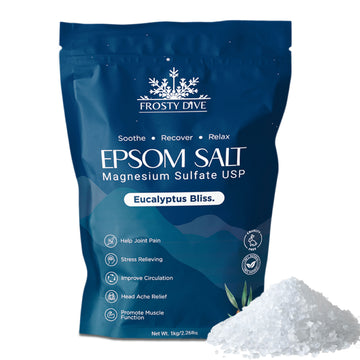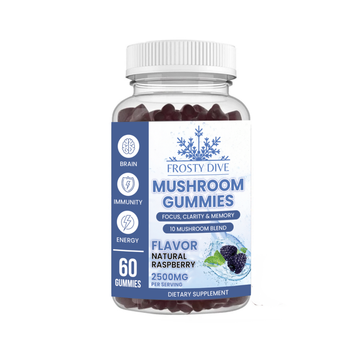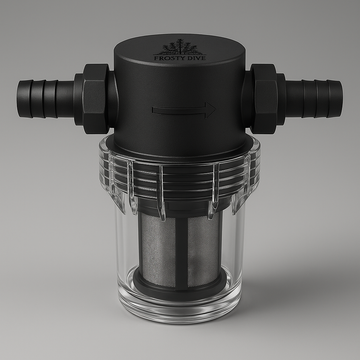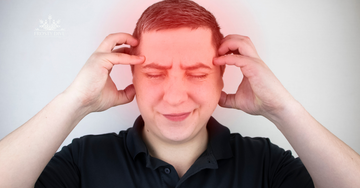Cold plunging, also known as cold water immersion or ice bathing, has gained significant popularity for its potential health and wellness benefits. Whether used by athletes to accelerate recovery or by wellness enthusiasts to boost mood and immunity, cold plunges offer a wide array of advantages. However, one common question arises for those new to the practice: How long should you stay in a cold plunge to get the most out of it?
Understanding the Purpose of Cold Plunging
Before diving into the optimal time frame, it's important to understand why people use cold plunges in the first place. Submerging the body in cold water—typically ranging from 50°F to 59°F (10°C to 15°C)—can help:
Reduce inflammation and muscle soreness
- Improve circulation and heart rate variability
- Enhance mood and mental clarity by stimulating the release of endorphins and norepinephrine
- Strengthen the immune system over time with regular use
- Support metabolic health and increase brown fat activation
The duration of a cold plunge plays a key role in determining which benefits you receive and how safely you experience them.
Ideal Duration for Cold Plunge Sessions
For most individuals, staying in a cold plunge for 2 to 5 minutes is the sweet spot for maximum benefits without increasing the risk of adverse effects. Here's a breakdown by time interval:
1-2 minutes: This duration is great for beginners. It allows your body to adjust to the shock of the cold water and begin experiencing benefits like increased alertness and mild inflammation reduction.
2-3 minutes: At this point, your body starts to ramp up the production of norepinephrine, which can elevate mood and reduce perceived stress. This time range also begins to offer recovery benefits for muscles and joints.
3-5 minutes: This is often considered the optimal range for seasoned cold plungers. During this time, your blood vessels constrict more fully, helping to reduce inflammation and flush metabolic waste from tissues. It also encourages mental resilience and stronger immune response.
Over 5 minutes: While some experienced practitioners may stay in for up to 10 minutes, the benefits tend to plateau and the risk of hypothermia increases. Longer durations are not necessarily more beneficial and should only be attempted under controlled conditions and with proper supervision.
Factors That Influence Duration
Several variables can affect how long you should stay in a cold plunge:
Water temperature: The colder the water, the shorter your stay should be. For instance, water closer to 50°F (10°C) may only require a 2-minute dip, whereas water at 59°F (15°C) may allow for a slightly longer session.
Your tolerance level: Beginners should always start with shorter durations and gradually increase their time as their tolerance builds.
Body composition: Leaner individuals may get cold more quickly and should start with shorter sessions to avoid excessive discomfort or cold-related risks.
Health conditions: If you have cardiovascular issues, respiratory conditions, or a history of cold sensitivity, consult with a healthcare professional before trying cold plunges.
Tips for Safe and Effective Cold Plunging
- Never plunge alone – Always have someone nearby if you’re trying cold plunging for the first time.
- Control your breathing – Focused, deep breathing can help regulate your body’s response to the cold.
- Warm up afterward – Reintroduce heat gradually with warm clothing or a warm shower after your plunge.
Final Thoughts
In summary, 2 to 5 minutes in a cold plunge at temperatures between 50°F and 59°F is generally ideal for receiving the maximum benefits while minimizing health risks. Start slowly, listen to your body, and gradually build your tolerance. With consistent practice, cold plunging can become a powerful tool in your wellness and recovery routine.
























